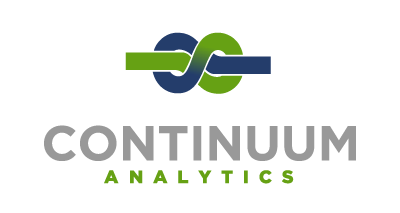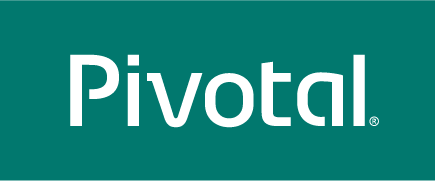Sunday 10:50 a.m.–11:30 a.m.
Python for Image and Text Understanding: One Model to rule them all!
Roelof Pieters
- Audience level:
- Experienced
Description
Deep Learning is an exciting trend in machine learning, where neural networks of many layers “deep” can automatically learn features from large volumes of data, setting new standards for image, audio and language understanding. In this interactive session we will go over some of the most popular python libraries for deep learning and will train an actual deep neural nets end to end.
Abstract
Python for Image and Text Understanding: One Model to rule them all!
Roelof Pieters roelof@graph-technologies.com
Deep Learning is an exciting trend in machine learning, where neural networks of many layers “deep” can automatically learn features from large volumes of data, in turn setting new standards for audio, image, and language understanding, machine translation, object and face recognition, etc.
The talk will start with a short overview of Deep Learning, both the deserved praise, as well as some of its criticisms, and explain some of the ways in which both text and vision data can be represented within a single united model. Such a single model has not only amazingly accurate results for existing language and vision tasks, but also offers new possibilities for business and society at large.
In the second portion of the talk I will tell a bit about how one would go about training a deep neural net for the first time, and what are some of the established practices to follow. We will go over one or more of the most widely used python packages (theano, pylearn, caffe) which enable machine learning enthusiasts to easily prototype and run deep architectures. Aided by iPython notebook(s) we will do some live coding to create and run a deep neural net, and see how it performs in the wild on a language or vision task.








